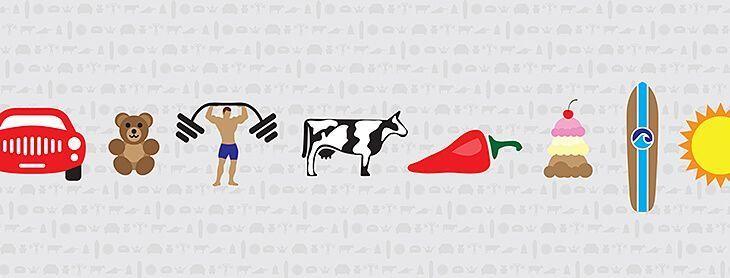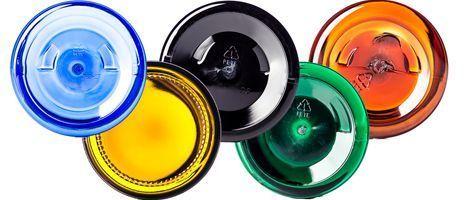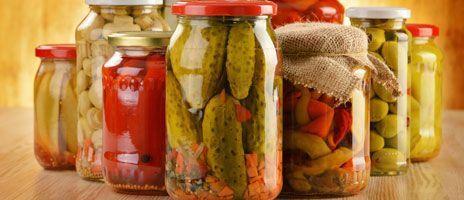Paper Cartons or Plastic Bottles? Which is Better for the Environment?
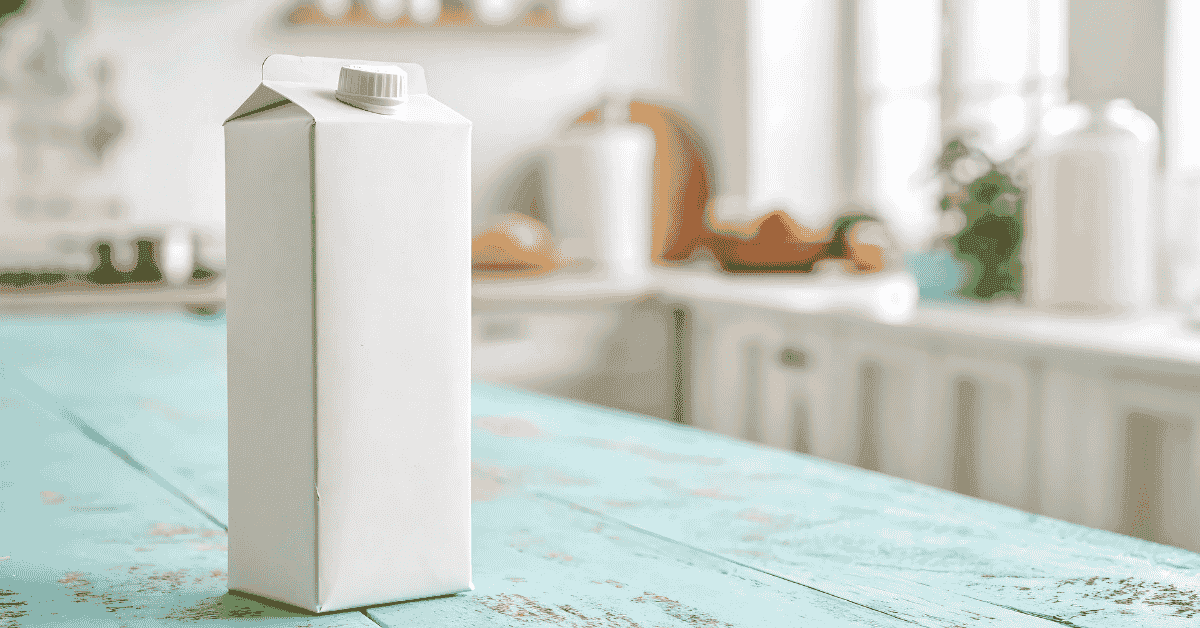

Life is full of choices; dine-in or takeout, diet or regular, paper or plastic, Chick-fil-A, or Popeyes. So it is no surprise that when deciding the best way to package your ideas sustainably, there are plenty of options from which to choose. How, then, do we choose between liquid-resistant paper cartons and plastic bottles when the environmental impact feels similar at face value?
The honest answer is that there has yet to be a clear answer across the board at this point. The ecological implications of liquid-resistant carton packaging compared to plastic PET bottles can be complex and depend on various factors, such as the materials used to make the packaging, the transportation and distribution of the products, and the recycling and disposal methods. So the overall sustainability of these packaging products will vary by industry, distribution method, and other factors that will be unique to your business model. Still, we won't just leave you hanging with that ambiguous answer – here, we will share what we know to help you decide whether paper cartons or plastic bottles are the right choice for your product.
Paper
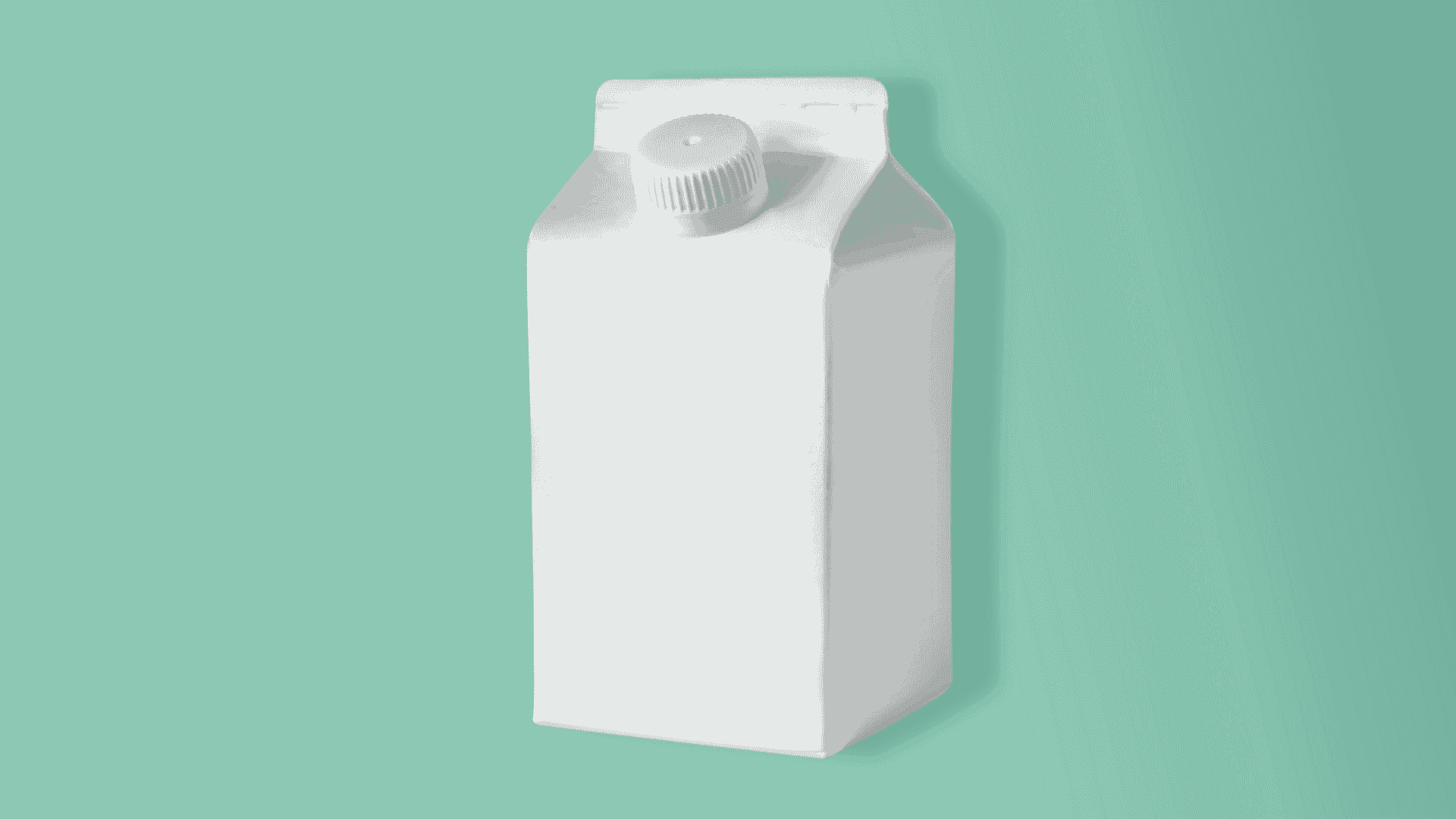
While some view liquid-resistant paperboard cartons as more environmentally friendly, the sustainability of this option depends on the specific materials and production methods used – and the recycling and disposal practices in the area where the products are consumed. Paperboard cartons are made from paper-based materials, which are renewable and biodegradable. Creating paper-based packaging typically requires less energy and water than plastic packaging. Paperboard cartons are also typically less bulky and lighter than plastic bottles, making them more efficient to transport and store.
However, it's important to note that liquid-resistant paperboard cartons are often lined with plastic or aluminum to make them liquid-proof. Some even have a plastic container built inside of them, effectively doubling the amount of packaging involved – and this frequently makes them less environmentally friendly than an entirely paper-based carton. Additionally, not all paperboard cartons are recyclable due to the various liners and materials. So it's essential to research the liquid-resistant method used for the cartons you are interested in to find out if recycling centers can adequately dispose of the packaging you choose.
Plastic
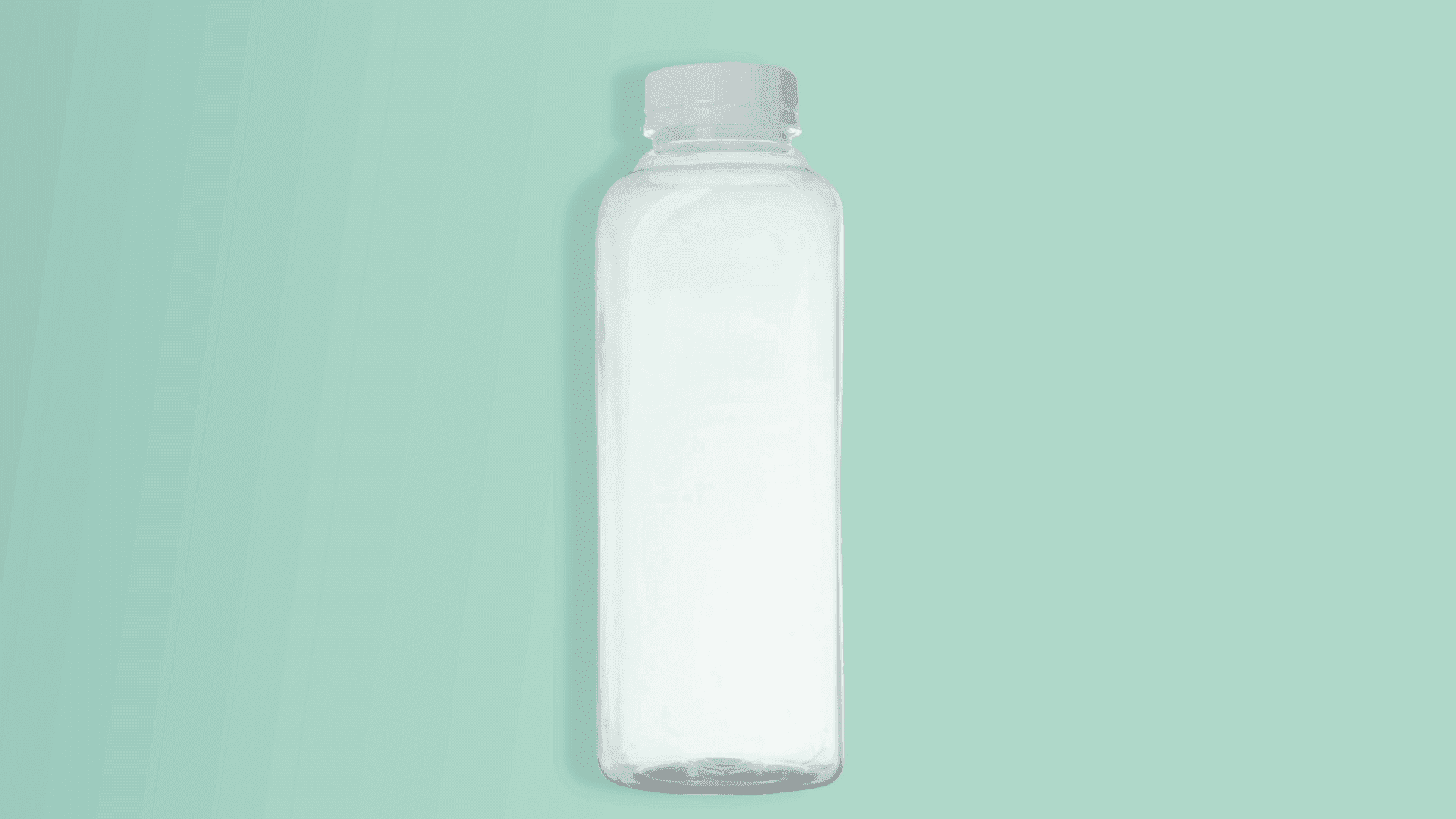
On the other hand, plastic bottles tend to be stronger than paper cartons, thus more resistant to leaks and punctures. Plastic bottles are also more commonly recycled, used multiple times, and can even be repurposed as 3D printing material. PET plastic, specifically, is one of the most likely materials to be used in a circular economy. Recycled plastic packaging can be made into new products, such as clothing, carpet, and more plastic bottles, whereas paperboard packaging has fewer potential applications.
Recycled plastic bottles, also called post-consumer recycled or PCR, are more environmentally friendly than new virgin plastic. The recycling process consumes less energy and resources than producing new plastic bottles. Additionally, we can recycle plastic bottles multiple times, decreasing the environmental impact.
However, not all plastic bottles are recycled or recyclable. The most commonly recycled plastics are PET, HDPE, and PP resin.
Conclusion
When making sustainable decisions, it's important to consider the product packaging's entire life cycle, including production, transportation, usage, and disposal. On one hand, liquid-resistant paperboard packaging is made from renewable resources and can sometimes be recycled or composted. On the other hand, plastic bottles are more durable and can be more regularly reused and recycled.
The best option for you will depend on the specific context, such as the recycling infrastructure, consumer behavior, and the type of product you're packaging. In either case, encouraging recycling and proper disposal of the packaging with a note or instructions on your label or product decoration can also help your customers handle your packaging in an environmentally friendly way.
If you have questions about packaging choices, don't keep them bottled up – contact our team and we will be happy to help!
